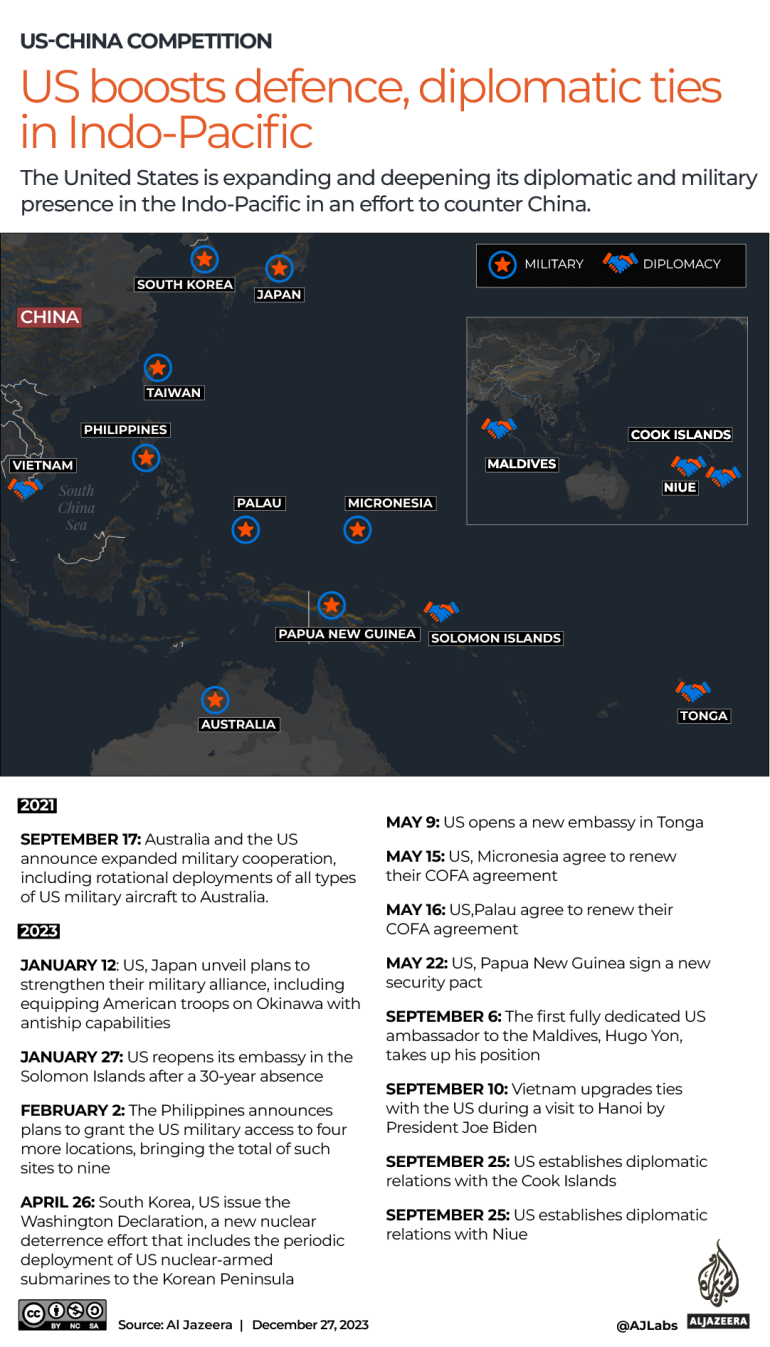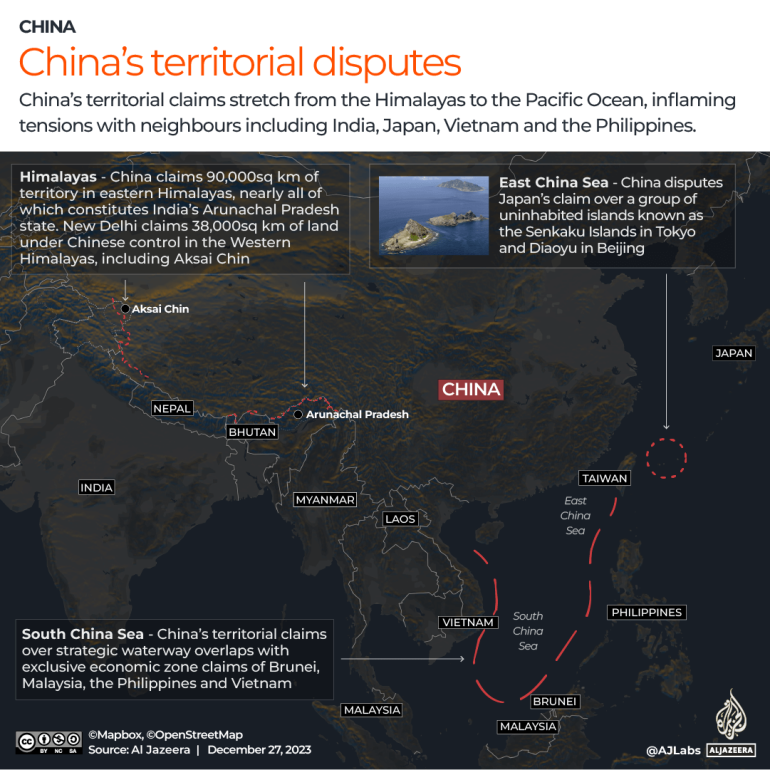(CTN News) – The US government said on May 30 that China had engaged in a “unnecessarily aggressive manoeuvre” by intercepting a US spy plane in international waters near the South China Sea.
The US military claims that a Chinese fighter jet flew directly in front of the American RC-135 plane while it was performing routine operations over the vital waterway.
The US Indo-Pacific Command released a video showing the RC-135’s trembling cockpit due to the Chinese jet’s turbulent flight path.
The United States re-accused China of what it deemed an “unsafe” manoeuvre near one of its vessels on June 5, a few days later.
Once again, it was in the Taiwan Strait, encircling a military vessel. Once again, footage of the incident was made public by the US Indo-Pacific Command. In it, a Chinese vessel abruptly veers 137 meters (150 yards) away from a US destroyer, causing the latter to reduce its speed to keep from colliding.
Washington said the near misses demonstrated China’s “growing aggressiveness.” However, Beijing blamed the US and accused Washington of intentionally “provoking risk” by conducting “close in reconnaissance” near its shores, which it deemed a grave threat to national security.
The near misses brought back terrible memories of the April 1, 2001, crash of a US spy plane and a Chinese fighter jet over the South China Sea, which killed all parties involved.
A US plane was forced to make an emergency landing near Hainan, China, while a Chinese fighter crashed and killed its captain as a result of the impact. After receiving an apology from Washington, DC, Beijing finally freed the 24 American aircrew members after detaining them for 11 days.
Although the two nations managed to de-escalate the situation at the time, there is concern that the worsening of ties between the superpowers makes a comparable incident more likely to escalate into a larger confrontation today.
The United States sees China as the greatest threat to the Western-dominated global order because of Beijing’s claims over the self-governing island of Taiwan and the East and South China Seas, as well as its fast military buildup, which is the largest in peacetime history.
As part of President Joe Biden’s administration’s aim to expand and strengthen US diplomatic and military presence in Asia, the US military conducts so-called “freedom of navigation exercises” in the contentious waterways near China.
Rapid expansion in the last year has seen the campaign’s reach expand beyond Japan and into the Philippines, Australia, Papua New Guinea and the Solomon Islands via India.
The opening of new embassies in the region, deployment of troops and more advanced military assets, and obtaining access to sites in key areas facing the South China Sea and the Taiwan Strait are all part of the “once in a generation effort,” as described by Gregory Poling, director of the Southeast Asia Program at the Center for Strategic and International Studies.
The Chinese government has long maintained that the United States is engaging in economic containment, encirclement, and suppression to slow down China’s economic development. Plus, its top brass has vowed to fight back.
The US campaign has “brought unprecedented severe challenges to our country’s development,” according to Chinese President Xi Jinping, who urged his compatriots to “dare to fight” in a speech he gave in March.
When asked about Washington’s “Cold War mentality,” China’s ex-defence minister Li Shangfu slammed it and vowed to “resolutely safeguard national sovereignty and territorial integrity, regardless of any cost” in an address he gave at the Shangri-La Dialogue in Singapore.





